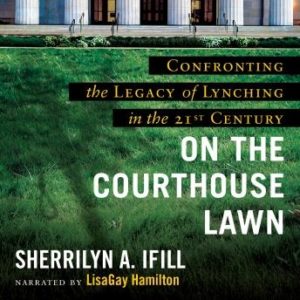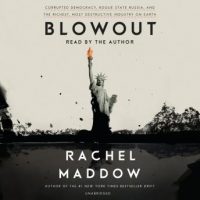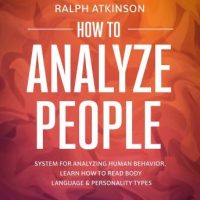On the Courthouse Lawn, Revised Edition: Confronting the Legacy of Lynching in the Twenty-First Century Audiobook (Free)
- Lisagay Hamilton
- 8 h 25 min
- Beacon Press
- 2018-08-14
Summary:
Nearly 5,000 black Americans were lynched between 1890 and 1960. More than forty years later, Sherrilyn Ifill’s Within the Courthouse Lawn examines the many techniques this racial trauma still resounds across the United States. While the lynchings and their immediate aftermath were damaging, the little-known contemporary consequences, such as the marginalization of politics and economic development for black People in america, are similarly pernicious.
In the Courthouse Lawn investigates how the about In the Courthouse Lawn, Revised Model: Confronting the Legacy of Lynching in the Twenty-First Century lynchings implicated average white citizens, a few of whom actively participated in the violence while many others witnessed the lynchings but did nothing to avoid them. Ifill observes that background of complicity is becoming inlayed in the social and cultural fabric of local areas, who either backed, condoned, or disregarded the violence. She traces the lingering ramifications of two lynchings in Maryland to illustrate how ubiquitous this history is and issues a clarion demand American neighborhoods with histories of racial violence to become proactive in facing this legacy today.
Motivated by South Africa’s Truth and Reconciliation Commission, as well as by techniques of restorative justice, Ifill provides cement suggestions to help communities recover, including placing gravestones within the unmarked burial sites of lynching victims, issuing public apologies, building mandatory school courses on the neighborhood history of lynching, financially compensating those whose family homes or businesses were damaged in the aftermath of lynching, and creating commemorative public places. Because the modern effects of racial violence are experienced most intensely in local communities, Ifill argues that reconciliation and reparation attempts must also be locally located in order to bring both black and white Us citizens together within an efficacious dialogue.
A landmark book, For the Courthouse Yard is a much-needed and urgent street map for communities finally confronting lynching’s long shadow by embracing pragmatic reconciliation and reparation initiatives.
Related audiobooks:







